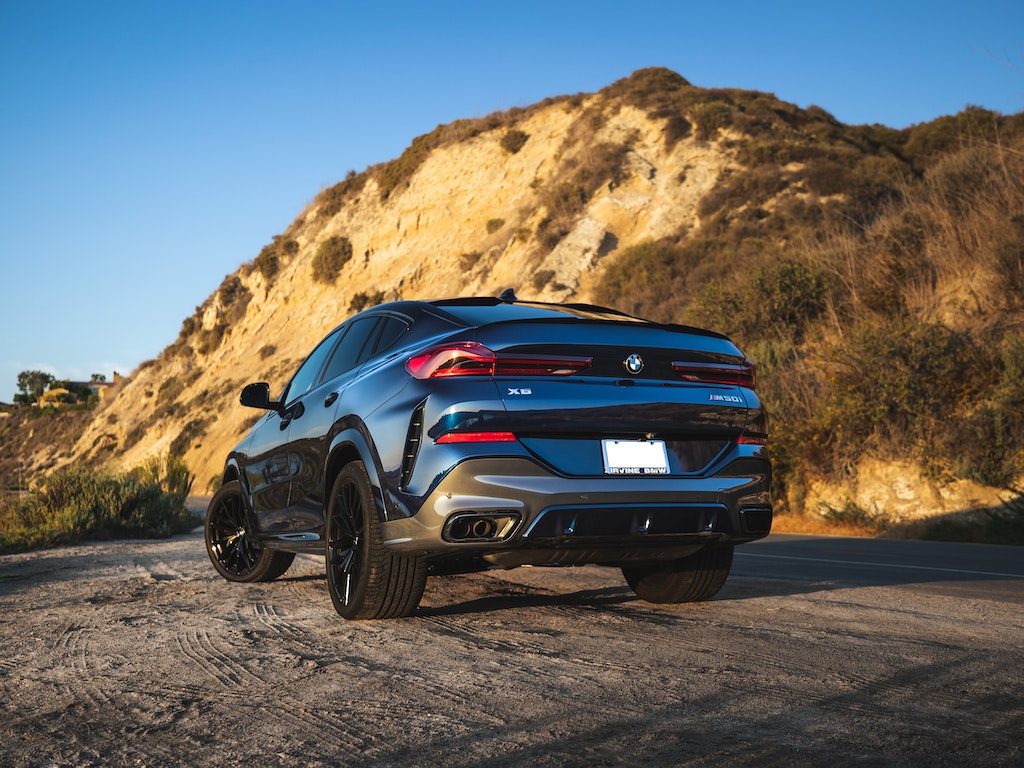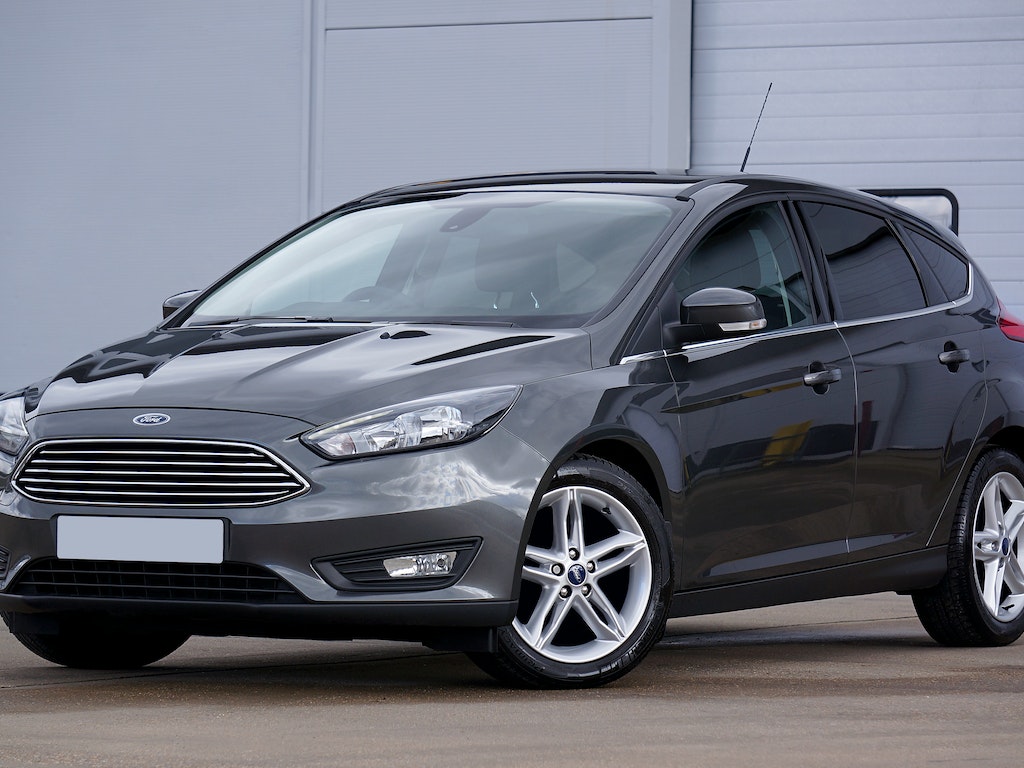
If you’re looking for a car, you’ve probably thought about purchasing a used one instead of a new one, which can be an excellent way to save money. The mileage of a used car is something you should consider because it impacts both the cost and value of the vehicle.
How many miles should you expect to see on a used car before you buy it? It’s hard to say for sure, but a few factors can help you figure out how reliable a used car might be.
The Importance of Mileage.
According to statistics from the Bureau of Transportation, upgrades to modern vehicles have increased the average lifespan of a car from eight years in the mid-1990s to nearly 12 years today.
While car parts may be longer-lasting than they used to be, mileage is still a key indicator of vehicle health. At higher mileage, it’s more likely that parts will need repair or replacement—some of those components will be expensive and difficult to fix if a previous owner didn’t maintain them.
Break It Down by Year
To determine if you’re getting a good deal on a used car, consider whether it has roughly the same miles per year as other cars of similar make and model.
According to the Department of Transportation, Americans drive an average of 14,000 miles annually. Additionally, many car leases are limited to 10,000-, 12,000- or 15,000-mile annual limits.
Whatever the mileage, make sure you have a mechanic check it out before buying.
Used Car Mileage Thresholds
Although buying a used car has historically been a smart financial move, the current market makes that option less appealing. The Bureau of Labor Statistics reports that the price of used cars is up 16.1% from last year, while new cars are up 12%—thanks to the chip and supply shortage.
When you buy a new car, the value depreciates by about 10% immediately. If you buy a used car, it’s important to check the repair cost before purchasing it.
Look out for the following things when your car reaches certain mileage thresholds:
– Between 30,000 and 70,000 miles: Brake pads need to be replaced. Discs could also need to be replaced, depending on the vehicle.
– 60 000 – 100 000 miles: Chains and timing belts might need to be replaced.
– Between 100,000 and 150,000 kilometers: Transmissions might start to malfunction and need to be repaired or replaced.









